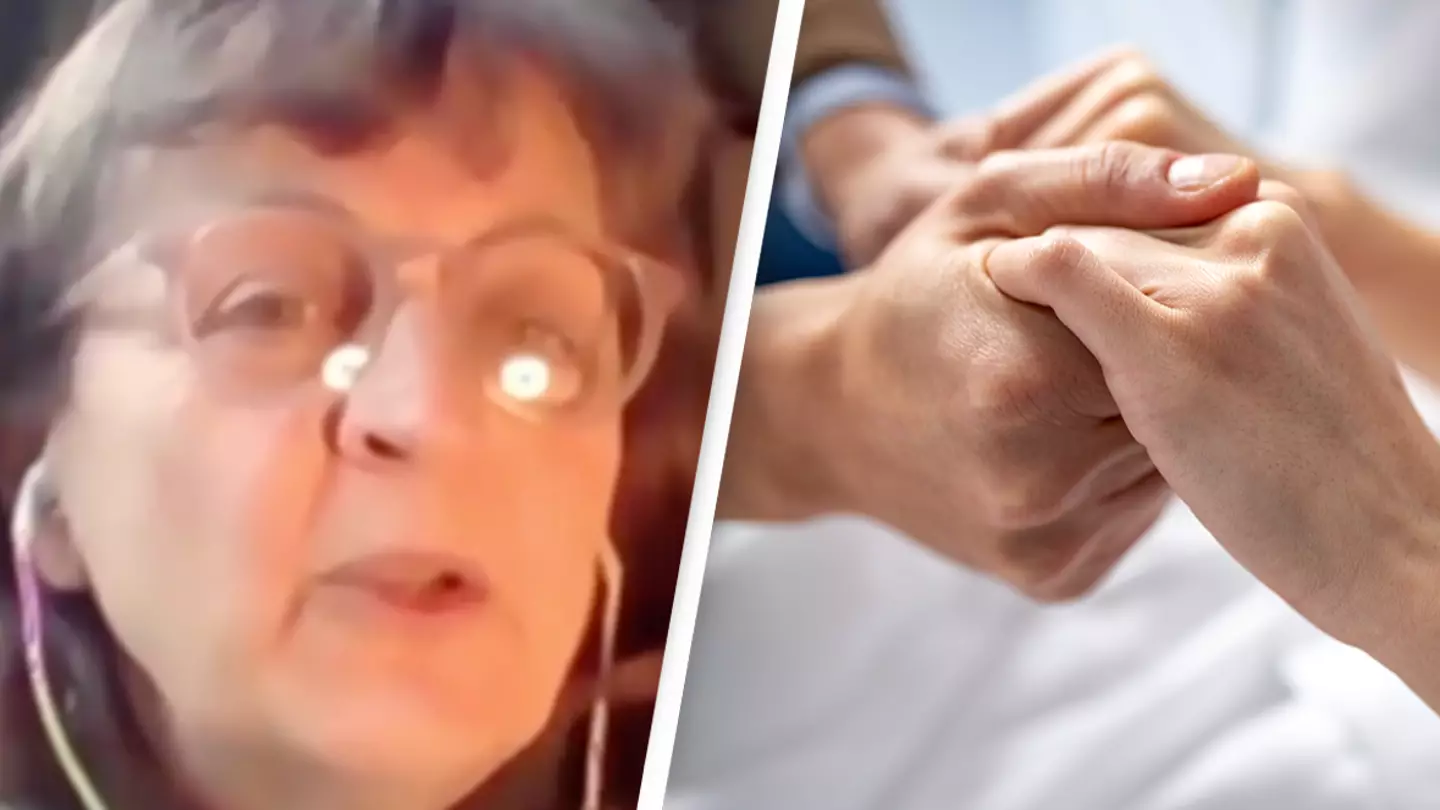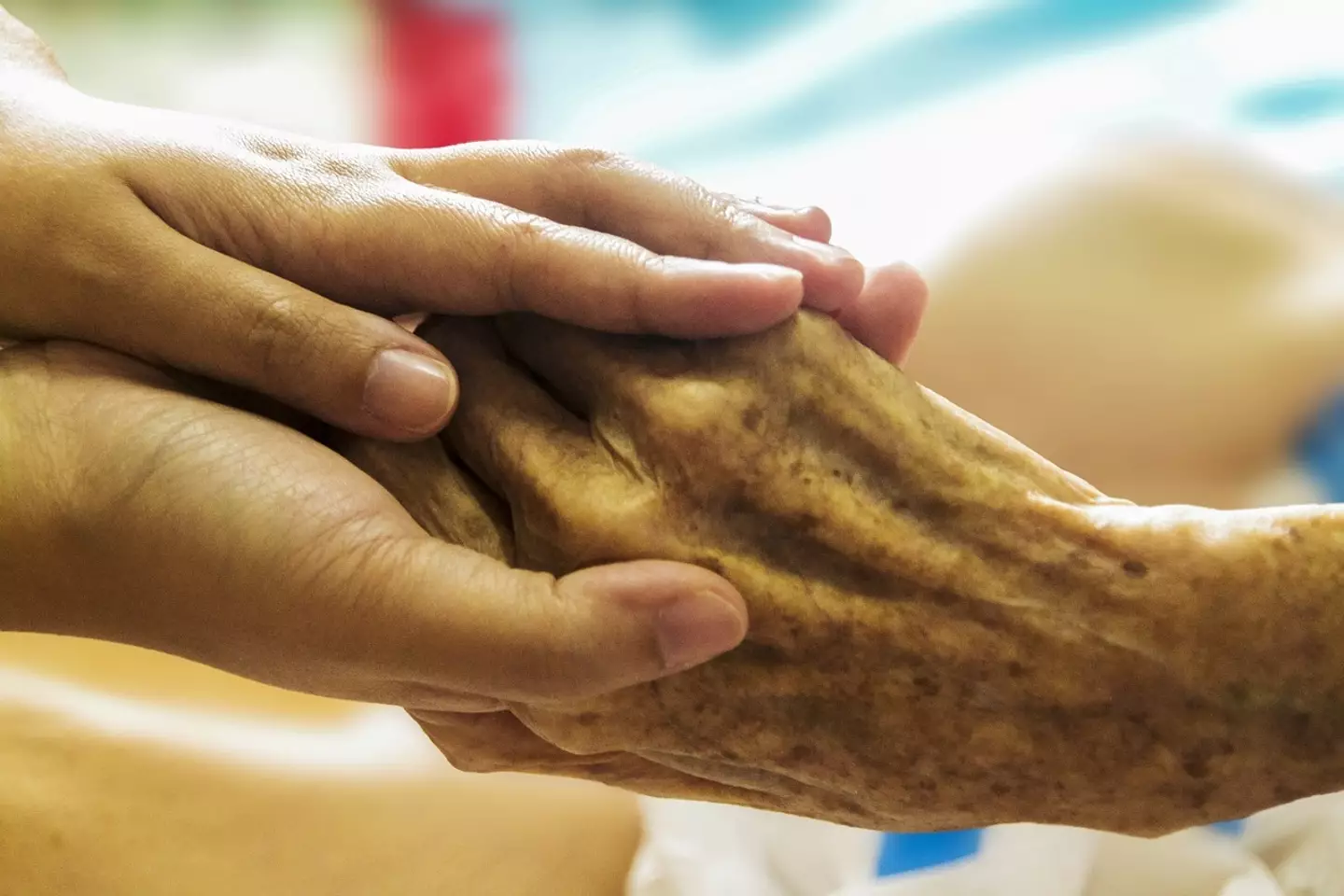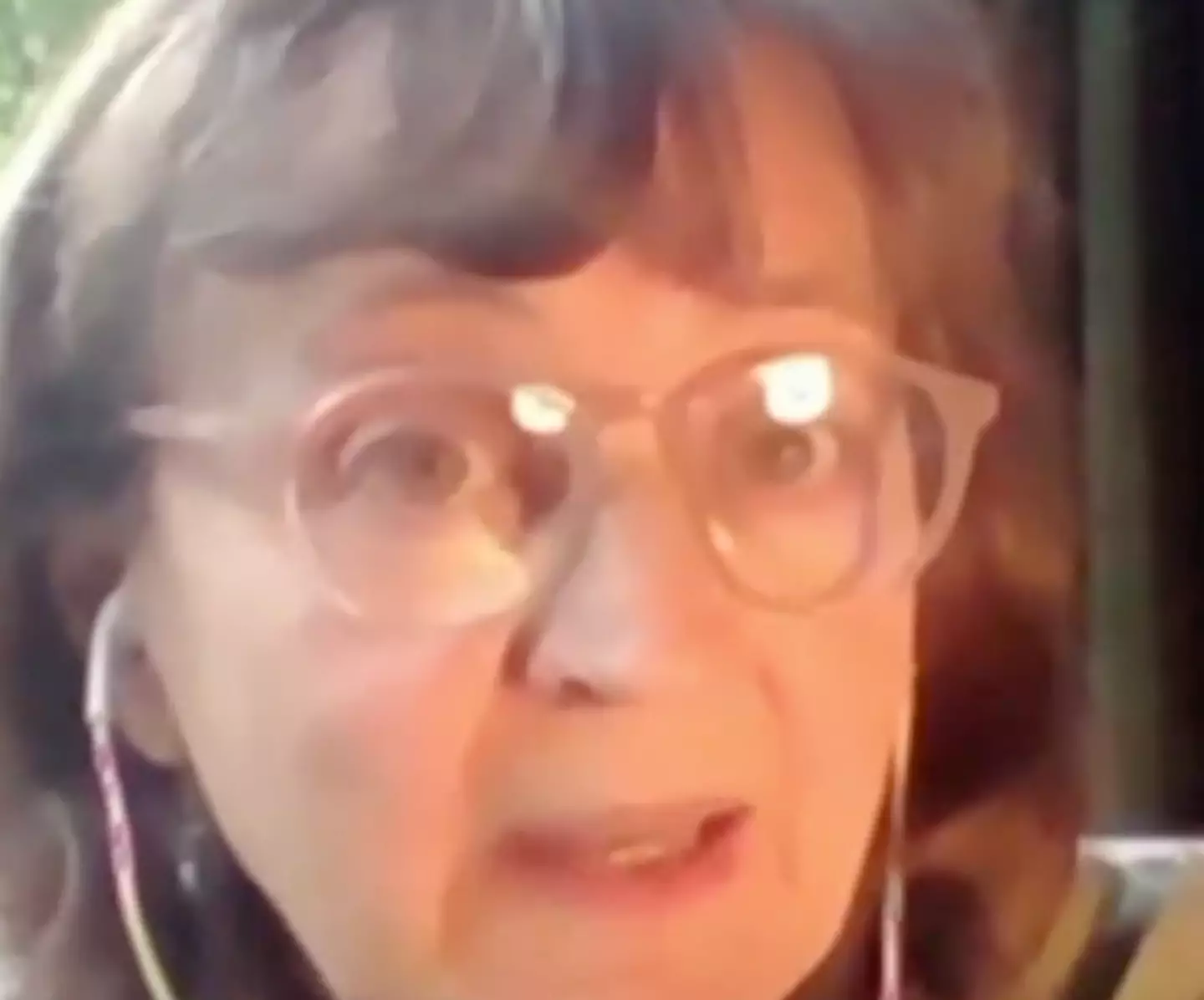
The question of 'what happens when we die' is something we've all thought about at one point or another, so one palliative care doctor is now trying to provide some answers.
Obviously, the issue of 'being alive' is the main thing standing in our way of knowing exactly what happens when we die, but there are still some ways we can learn about the process.
Dr Kathryn Mannix, a retired palliative care doctor from the UK, spent 30 years working in the field and has managed to build up her knowledge by spending time with people at the end of their lives.
Advert
During an appearance on the BBC show Woman's Hour, Mannix broke down the process of what happens when we reach the end of our lives.
It begins, Mannix said, with the body starting to run out of energy.
"[It's] almost like when you've got an old mobile phone and the battery won't stay charged," she explained.
Mannix went on to compare the 'charger' to sleep more than food or drink, because a lot of dying people 'don't feel very hungry'.

"They're not dying because they're not eating," she explained. "They're not eating because their body is dying."
Advert
People in the final stages of life gradually need more sleep to give them 'intervals of enough energy', which will allow them to think and 'do what they can' in their final hours.
From there, patients go from being asleep, to being unconscious.
Mannix assured that being unconscious is 'not a frightening mental state' to those experiencing it, because it's a state of 'not knowing anything'.
Patients then become unconscious 'all of the time', leaving their brain to run 'reflex breathing patterns' which move between deep and shallow breathing.
Advert
"It's really important to help people recognize that these are signs of deep unconsciousness," Mannix said.

At the very end, there will be a breath out, without another breath in.
Though Mannix acknowledged that we can't make death not be sad, she's on a mission to 'take away the fear' of dying.
Advert
The doctor has created a short animation titled 'Dying for Beginners', produced with Theos Think Tank, which aims to make people more comfortable with the concept of dying.
Mannix has been praised for speaking openly about the process of dying, with many people saying her explanation has given them comfort.
"I found Kathryn's description this morning so incredibly moving. Thank you," one appreciative person wrote.